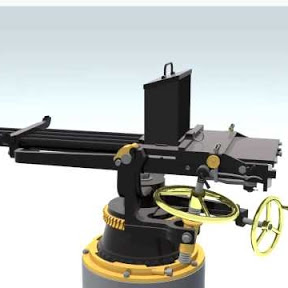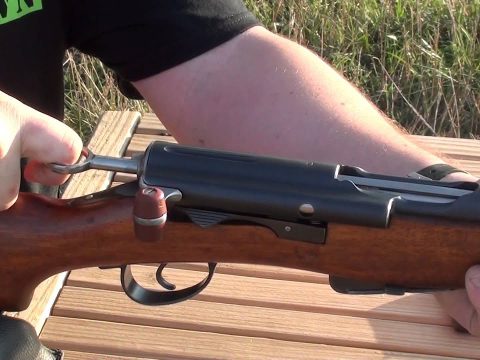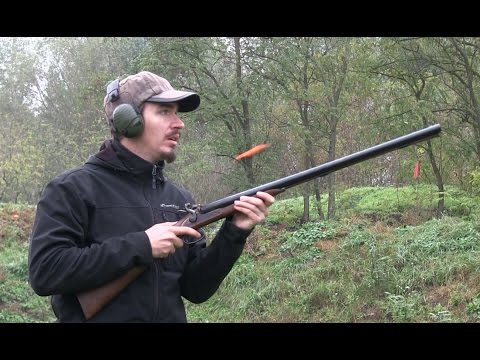The Brennan torpedo was the first effective guided weapon. Introduced into service in 1887, the Brennan was launched from a shore-side fort and powered by a steam engine which pulled wire off drums in the torpedo. As the wire was pulled in, the drums rotated so powering the propellors that drove it through the water. By varying the rate at which each wire was hauled in, a differential gear in the torpedo could be made to operate the rudders, allowing the torpedo to be steered.
Brennan torpedo sites were used to protect the entrances of naval ports. Its major advantages were that if the target manoeuvred, the torpedo could be steered to intercept after launch, by tracking a mast showing above the water. It also carried a large warhead that would strike below the heavy armoured belt. At least 8 Brennan sites have been identified, 5 in the UK and Ireland, 2 in Malta and one in Hong Kong.
Brennan torpedoes had a speed of about 26 knots, well in excess of the speed on the battleships of the time, and a range of 2000 yards. They carried a warhead of 230 (later 364) lbs wet guncotton.
Some details of the Brennan are still secret. The depth mechanism is sealed, and there are no drawings to show how it worked, so the movie shows one of the techniques available at the time. The single remaining original Brennan can be seen at the Royal Engineers museum, Chatham, England.

Hi, I’m Rob, otherwise known as VBBSMYT.
I create the animations on my iMac using Cinema 4D, which I find very intuitive, and allows me to add smoke and flames, and then send the model to my trusty Render farm.
I make my models as accurate as possible through reference books and particularly good drawings. You may have seen my animations of early torpedoes and machine guns on YouTube. I enjoy finding out how things work and it has been fascinating to track the development from the late Victorian period up to World War 1.





